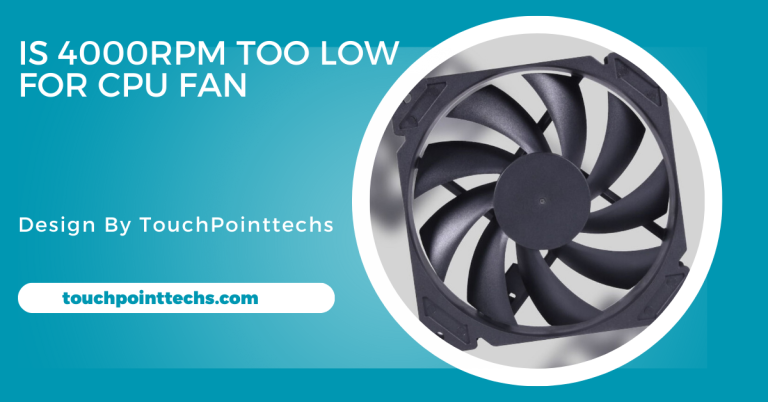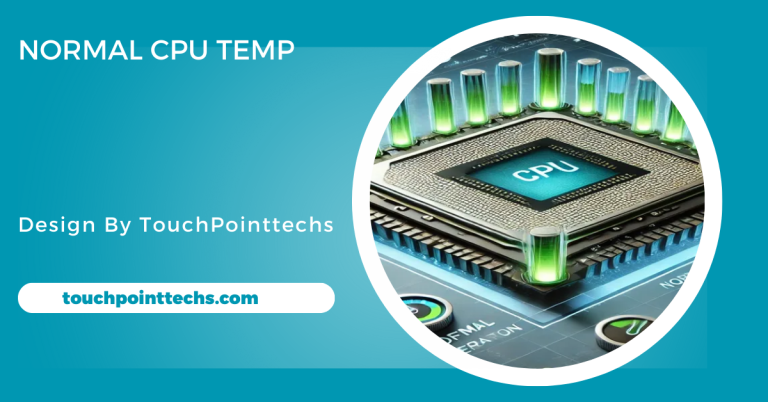Dakboard Cpu V3 Vs V4 – Key Differences and Performance!
The DAKboard CPU V4 offers significant improvements over the V3, including faster performance, better memory, enhanced connectivity, and superior graphics, making it ideal for both home and professional use.
In this article, we’ll dive into a comparison between DAKboard CPU V3 and V4, covering the major differences, features, and performance. This will help you make an informed decision.
Table of Contents
What is DAKboard?
DAKboard is a digital display system designed to show customized content like calendars, weather updates, news, and photos. It is used in homes, offices, and public spaces for organization and entertainment. The system runs on a small computer that powers the screen, known as the DAKboard CPU. As technology advances, DAKboard has released newer versions of their CPU, each with improved capabilities.
Overview of DAKboard CPU V3:
Performance and Features:
The DAKboard CPU V3 has been a reliable option for users who want to create customized dashboards and displays. It is built to handle basic tasks like showing calendars, photos, and weather updates. It supports HDMI displays and has easy connectivity options.
Key Features of DAKboard CPU V3:
- Connectivity: The V3 CPU offers HDMI output, Wi-Fi, and Bluetooth connectivity.
- Performance: It is capable of handling basic display tasks efficiently, but it may struggle with more complex media or multitasking.
- Ports: The CPU V3 comes with standard USB ports, which allow you to connect external devices like keyboards and mice.
- Compatibility: Works well with most DAKboard features, making it a good option for home use.
Limitations of DAKboard CPU V3:
While the DAKboard CPU V3 is functional, it has some limitations. Users have reported that it struggles with handling heavier tasks like HD video or intensive data displays. It’s also worth noting that its processor is less powerful compared to the newer V4 model. This makes it less ideal for businesses or public installations where more demanding tasks are needed.
Overview of DAKboard CPU V4:
Performance and Features:
The DAKboard CPU V4 is the latest upgrade, and it comes with several enhancements. It’s designed to offer a more seamless and faster experience. Whether you’re displaying high-resolution photos or complex dashboards, the V4 can handle it without lagging.
Key Features of DAKboard CPU V4:
- Improved Processor: The V4 is equipped with a faster processor, allowing for smoother transitions between content and better handling of high-definition displays.
- Increased RAM: With more memory, the CPU V4 is more efficient at multitasking, allowing you to run multiple widgets or content types at once.
- Better Connectivity: The V4 model supports advanced wireless connections, making it easier to sync your display with cloud-based content or external devices.
- Enhanced Graphics: You can expect better video and image quality on high-definition screens, making it perfect for professional or business environments.
Advantages of DAKboard CPU V4:
One of the standout features of the DAKboard CPU V4 is its ability to support larger, more complex displays without any performance issues. It’s ideal for users who want to create professional-grade displays for digital signage, events, or workspaces. The V4 also offers better overall connectivity, making it easier to sync with other devices, such as smart home systems or IoT devices.
Key Differences Between DAKboard CPU V3 and V4:
Performance:
- V3: While the V3 performs well for basic tasks, it’s not as fast when handling complex or high-resolution content. It’s more suited for home or casual use.
- V4: The V4 boasts a significantly faster processor, meaning it can handle more demanding tasks like high-definition videos and interactive content. It’s designed for both personal and professional use.
Memory (RAM):
- V3: The DAKboard CPU V3 has a limited amount of memory, which restricts its ability to multitask efficiently.
- V4: The V4 has an upgraded memory capacity, allowing it to run multiple tasks without slowing down, which is a big advantage for users needing higher performance.
Connectivity:
- V3: Basic connectivity features, including Wi-Fi, Bluetooth, and standard HDMI output.
- V4: Improved wireless connectivity, which allows for faster syncing and smoother operation, especially with cloud-based content.
Display Support:
- V3: Supports basic HDMI displays but struggles with higher resolutions.
- V4: Enhanced graphics capabilities and better support for high-definition displays, making it ideal for larger or professional-grade screens.
When Should You Choose the DAKboard CPU V3?
For Home or Casual Users:
If you’re looking to use DAKboard primarily for simple tasks such as displaying family calendars, personal photos, or weather updates, the CPU V3 is more than enough. It’s affordable and handles basic functionality with ease. You won’t need the advanced features of the V4 unless you plan to use it for professional purposes.
Budget-Friendly Option:
If you’re on a budget, the DAKboard CPU V3 is a more cost-effective choice. While it may not offer the advanced performance of the V4, it still provides the essential features for creating an organized and personalized display.
When Should You Choose the DAKboard CPU V4?
For Business or Professional Use:
If you’re using DAKboard for a business setting or public space, the CPU V4 is a better option. Its enhanced performance, faster processor, and ability to support high-definition displays make it perfect for professional settings where you need a reliable and polished display.
Handling Complex Displays:
For users who want to display more complex dashboards, such as integrating real-time data, multiple calendars, or high-resolution video content, the V4 is the clear winner. Its higher processing power ensures a smooth, lag-free experience.
What is the difference between pi3 and pi4 CPU?
The main differences between the Raspberry Pi 3 (Pi3) and Raspberry Pi 4 (Pi4) CPUs are in performance, architecture, and capabilities:
Processor Speed:
- Pi3: 1.2 GHz quad-core ARM Cortex-A53.
- Pi4: 1.5 GHz quad-core ARM Cortex-A72. The Pi4’s faster CPU improves overall performance by about 2-3 times compared to the Pi3.
Architecture:
- Pi3: ARMv8-A 64-bit architecture.
- Pi4: ARMv8-A architecture, but with improved Cortex-A72 cores, offering better efficiency and speed.
RAM Options:
- Pi3: Comes with 1GB of LPDDR2 RAM.
- Pi4: Offers multiple RAM options (1GB, 2GB, 4GB, and 8GB of LPDDR4 RAM), providing more flexibility for demanding applications.
Graphics and Display:
- Pi3: Basic GPU with limited 1080p video playback.
- Pi4: Improved GPU (VideoCore VI), supporting 4K video at 60 fps and dual-monitor setups.
In summary, the Pi4 is significantly faster, supports more RAM, and has better graphics and video capabilities than the Pi3.
FAQ’s
1. What are the key differences between DAKboard CPU V3 and V4?
The main differences include faster processing, improved memory, better connectivity, and enhanced graphics in the V4, making it suitable for complex displays and professional use.
2. Which CPU is better for basic home use, V3 or V4?
For basic tasks like calendars and photo displays, the DAKboard CPU V3 is sufficient and more budget-friendly.
3. Is the DAKboard CPU V4 suitable for business use?
Yes, the V4 is ideal for business settings due to its faster processor, better display support, and enhanced multitasking abilities.
4. Can the DAKboard CPU V3 handle high-definition displays?
The V3 struggles with high-resolution content and is more suited for basic HDMI displays.
5. Why should I upgrade to DAKboard CPU V4?
The V4 offers better performance, more RAM, and improved graphics, making it perfect for complex tasks, multitasking, and professional-grade displays.
Conclusion
In conclusion, the DAKboard CPU V4 is a significant upgrade from the V3, offering enhanced performance, better memory, and superior display capabilities. While the V3 is adequate for basic tasks and home use, the V4 excels in handling complex displays and is ideal for professional environments. For users seeking better connectivity and multitasking capabilities, the V4 is the clear choice.







